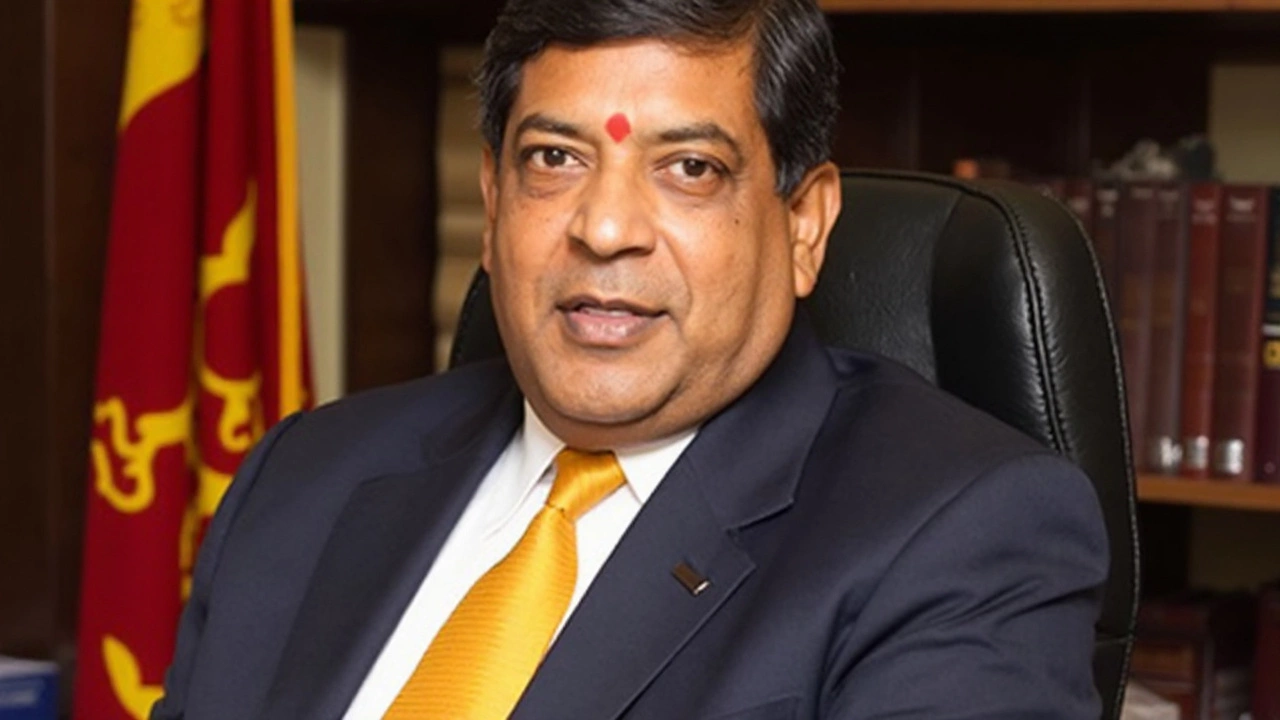Online Safety Act – What You Need to Know
When talking about Online Safety Act, a UK law aimed at curbing harmful online content and protecting vulnerable users. Also known as Digital Safety Legislation, it forces platforms to act quickly against illegal material, gives regulators power to fine non‑compliant services, and sets a new baseline for online responsibility.
Key Areas Covered
The Act puts deepfakes, AI‑crafted realistic media that can spread misinformation or non‑consensual intimate images squarely in its crosshairs. The law says deepfakes are a type of harmful content that platforms must identify and remove within a short window. This creates a clear semantic link: Online Safety Act encompasses regulation of deepfakes. To achieve that, companies need robust detection tools, which in turn pushes tech providers to improve AI‑based verification systems. The move also mirrors the earlier push against explicit non‑consensual imagery, showing how one policy can drive broader tech upgrades.
Another pillar is child safety, protecting minors from grooming, harmful pornographic material and online exploitation. The legislation requires age‑verification measures and fast‑track removal of child‑abuse content. Because child safety influences how platforms design their moderation workflows, the Act indirectly raises the bar for all content checks. In practice, this means that any service hosting user‑generated material must have a clear process for flagging, reviewing, and deleting harmful items, which aligns with the broader goal of UK legislation mandates platforms to remove harmful material.
Beyond deepfakes and child protection, the Act tackles AI-generated content, any text, image or video produced by artificial intelligence that could be used to deceive or harass. By labeling this as a potential vector for online abuse, the law connects AI‑generated content directly to the fight against cyber‑harassment. This relationship forms another semantic triple: AI-generated content impacts online abuse prevention. The policy forces platforms to build or adopt tools that can spot synthetic media, flag it, and either label or remove it, closing the gap that scammers previously exploited.
All these pieces—deepfakes, child safety, AI‑generated media—create a network of obligations that reshape how digital services operate in the UK. The Online Safety Act not only defines what is illegal but also sets timelines, fines, and reporting duties that push the entire ecosystem toward faster, more transparent action. Readers will soon see how these rules play out across real‑world stories, from the crackdown on explicit deepfakes to the broader conversation about protecting minors online. Below, you’ll find a curated collection of articles that dive into specific cases, policy debates, and tech developments shaped by the Online Safety Act.
